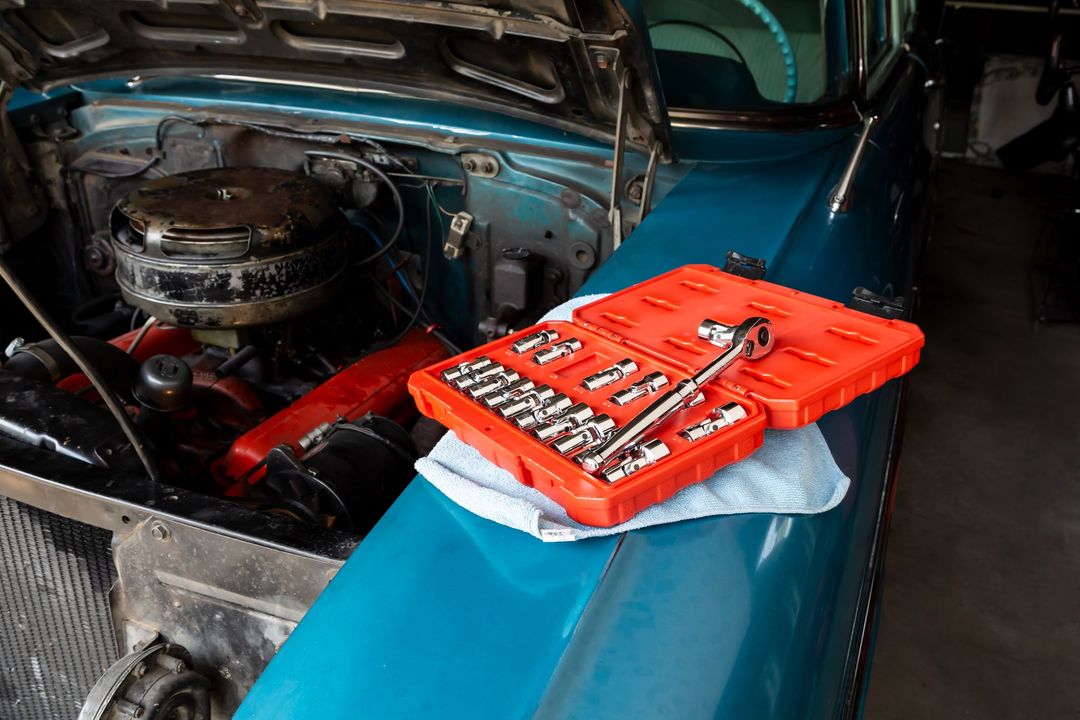Car oil change
How often should I change my oil and which oil is right for my engine? Regular oil changes protect against wear and tear, so the engine oil should be changed depending on the kilometres run or during a certain elapsed time. The two factors are different for each car manufacturer and depending on the car model. It is best to consult the relevant manual. But driving style and driving time also have an influence on the oil. If someone is often only driving in city traffic for a few minutes and the engine does not reach the ideal operating temperature of 90 °C, the oil will age more quickly. In this case, the engine oil should be changed annually. In addition to the oil change, the oil filter should also be replaced, because metal abrasion, dust and combustion residues collect there and can clog the filter after prolonged operation. Before changing the oil, it is advisable to warm up the engine, so that the warmed-up oil flows better and less residue remains in the reservoir.

The right oil
To get the right lubricants, in quality and specification, for your own car, you should take a look at the car manufacturer's manual. If this is not to hand, some oil manufacturer websites with an oil search engine (e.g. oelberater.de) can help alternatively. To do this, you need the HSN and TSN numbers from the vehicle registration document. The HSN number can be found under item 2.1 and consists of four digits, the TSN number is under item 2.2 and consists of three digits or three letters, depending on the age of the car. The various codes on the canisters are often not easy for a layman to understand. Therefore, here is a brief explanation for the classification.
- SAE 5W-30: SAE stands for Society of Automotive Engineers (an organisation that sets technical standards for the car industry). The first digit (5) indicates the viscosity, i.e. how the oil behaves at minus 25 to minus 30 degrees Celsius. This oil has a good flow and is suitable for winter. The W stands for winter. The number 30 means that the oil has a high lubricity even at 100 degrees. So the higher this value is, the better the lubricity of the engine oil remains in the engine when it is hot.
- ACEA specification: in this classification, car manufacturers are identified by letters. A is for passenger car petrol engine, B for diesel engine, C for passenger car petrol and diesel engine with new exhaust aftertreatment system and E for truck diesel engine. This is followed by the numbering to indicate the performance (e.g. A3/B3 better than A1/B1), whereby the number applies to the difference in performance between the engine oils. This means that the higher the number, the higher the requirements are met. The numbers are shown for both engine types (petrol and diesel).
Tip: The oil level should be checked especially before long journeys. If the oil level is too low or the oil indicator lamp lights up, this should not be taken lightly. It is therefore a good idea to always carry a litre of oil with you to top up if necessary. Otherwise, engine damage may occur. To avoid losing any warranty claims due to the wrong oil, check with the workshop to be on the safe side.



